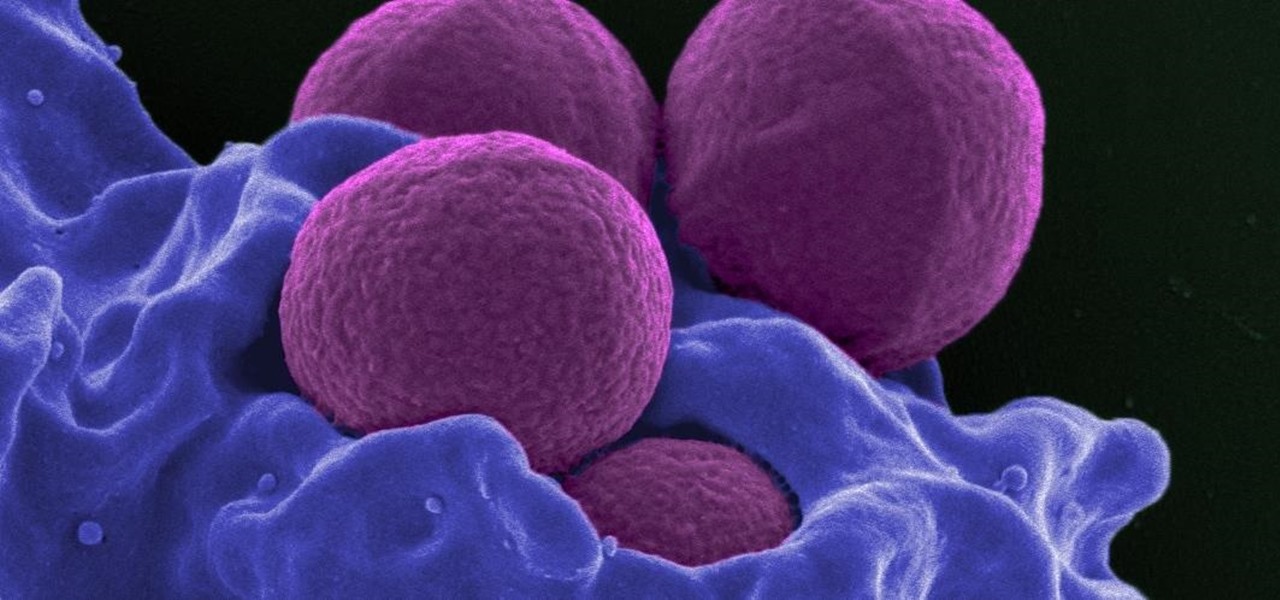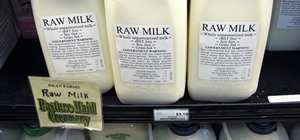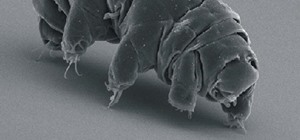Staphylococcus aureus is a widespread bacteria — about a third of us have it on our body right now — usually in our nose or on our skin. And it probably isn't causing an infection. But, about 1% of people who have Staphylococcus aureus present have a type that is resistant to the antibiotic methicillin.
Methicillin-resistant Staphylococcus aureus (MRSA) infections on the skin can spread into the bloodstream (like many other infections) to cause severe and even fatal infections. The infection is tough to treat, and antibiotic-resistant bacteria pose an urgent global health threat. But, researchers have found two common, cheap antimicrobial drugs that can help heal MRSA skin infections.
A new research study compared two low-cost medications that are used to treat MRSA but have never been evaluated for effectiveness or compared in a study to a placebo, a pill that doesn't include drugs. Both clindamycin and trimethoprim-sulfamethoxazole cured over 80% of MRSA skin infections, compared to the placebo group, in which 63% of the infections cleared up.
The research study by first author Robert S. Daum from the University of Chicago Hospitals was published June 29 in the New England Journal of Medicine.
MRSA
People are exposed to MRSA from spending time in healthcare facilities where bacteria from other patients that have mutated to escape the effects of antibiotics. The community is also a common source of MRSA skin infections, acquired by contact with someone else's infected wound or by sharing personal items, like towels or razors. Community-acquired MRSA infections occur in crowded places where skin-to-skin contact or equipment sharing is likely. That makes athletes, military personnel, kids in daycare and school students, and those who have been in a healthcare facility at higher risk.
A MRSA skin infection may look like a bump that is red, swollen, painful, warm to the touch, and look full of pus, a thick, often yellow fluid. If you believe you may have a MRSA skin infection, it's important to keep the wound covered with a clean bandage and not let others contact the wound or any personal items like bandages, towels, sheets or clothing that have touched the wound. The next step is to see a doctor for treatment.
Treatment of MRSA skin infections usually starts with draining the fluid-filled bump, called an abscess. After that, doctors weigh whether to use antibiotics, considering the potential for antibiotic resistance to develop with whether the infection may resolve without treatment.
The study by Daum and his colleagues have helped answer the question of whether some common, inexpensive antibiotics might be used to cure the infection.
Treatment Validation
The research study was conducted in hospitals across the US and involved 786 children and adults with skin abscesses. Of these abscesses, 67% contained Staphylococcus aureus, 50% of the total abscesses were infected with MRSA.
All patients' abscesses were opened and drained, per standard MRSA treatment. The researchers divided patients into three groups. Each group received a different, ten-day treatment with and an oral drug — either clindamycin, a trimethoprim-sulfamethoxazole, or a placebo.
Clindamycin cured nearly 82% of the MRSA infections. Trimethoprim-sulfamethoxazole had about an 85% cure rate. Only about 63% of the patients who received a placebo — no drug treatment — were cured of their MRSA infection. Bacteria isolated from 12 of the abscesses contained Staphylococcus resistant to clindamycin. Treatment of those infections with clindamycin gave cure rates similar to those of the placebo group.
After one month, 15 people had new infections, compared to 29 in the Trimethoprim-sulfamethoxazole group and 22 in the group who got placebo. Even though some infections were resistant to clindamycin, the researchers believe their study results support the position that antimicrobial treatment is better than doing nothing for MRSA skin infections.
The two drugs were not without side effects, however. In this study, 11% of the patients who received trimethoprim-sulfamethoxazole and 22% of the clindamycin group had side effects, the most common being diarrhea and nausea.
There were no episodes of diarrhea caused by infection with Clostridium difficile in this study, but it is a known complication of these two drugs.
"Our findings suggest that there is a trade-off between more adverse effects and a lower likelihood of infection recurrence when one uses clindamycin rather than trimethoprim-sulfamethoxazole," wrote the study authors.
Use of either clindamycin or trimethoprim-sulfamethoxazole was shown to significantly increase chances of curing MRSA. They are cheap, effective drugs that may help prevent MRSA from causing more community-acquired infections.
Just updated your iPhone? You'll find new emoji, enhanced security, podcast transcripts, Apple Cash virtual numbers, and other useful features. There are even new additions hidden within Safari. Find out what's new and changed on your iPhone with the iOS 17.4 update.


























Be the First to Comment
Share Your Thoughts